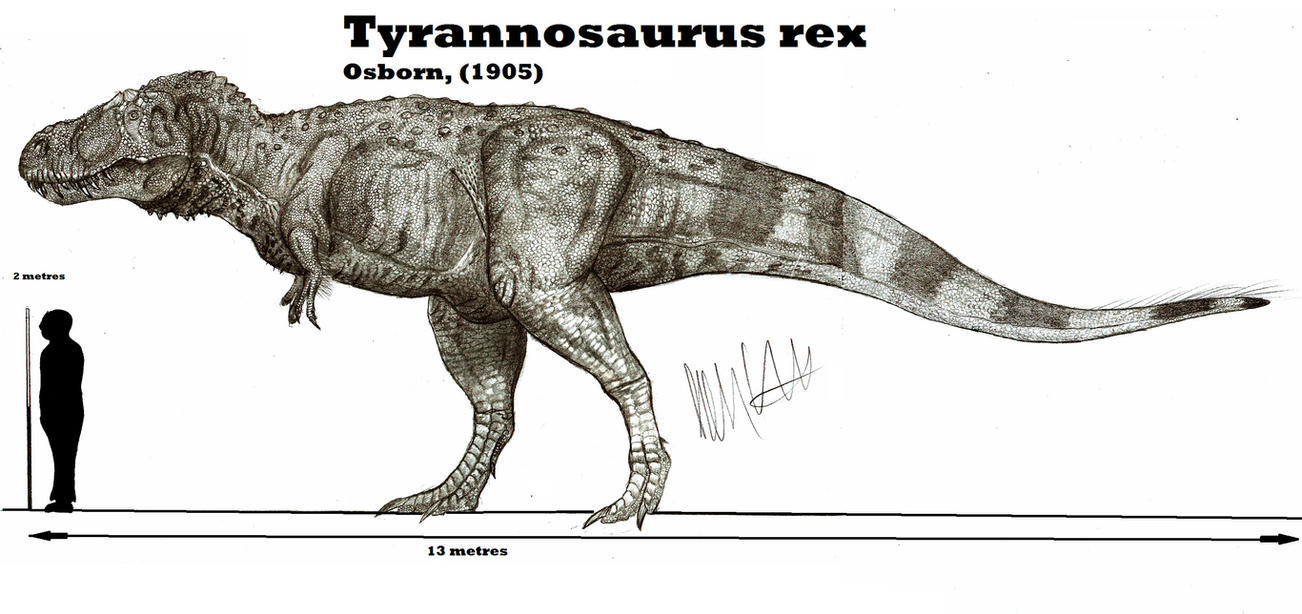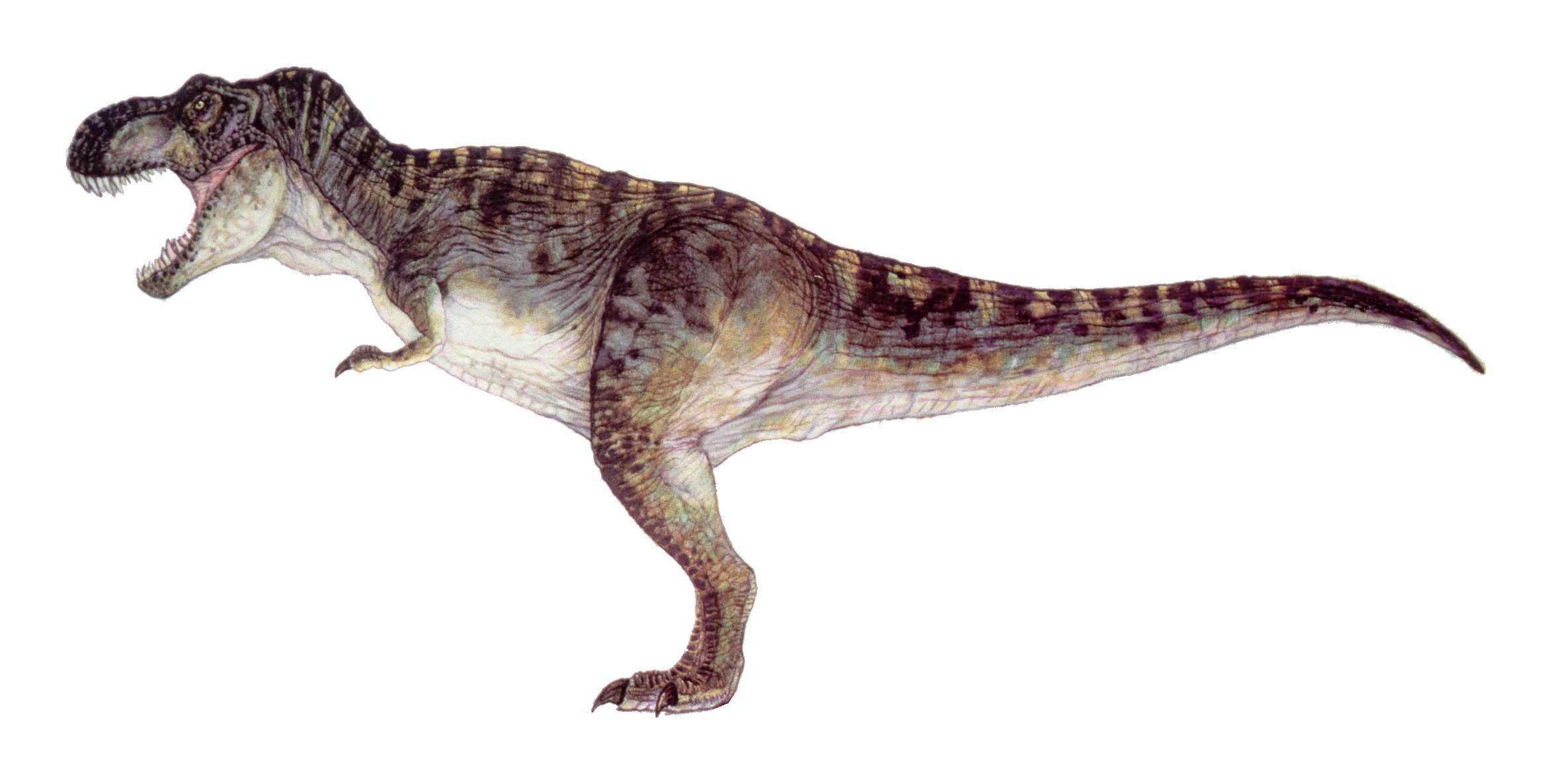The BRAWL² Tournament Challenge has been announced!
It starts May 12, and ends Oct 17. Let's see what you got!
https://polycount.com/discussion/237047/the-brawl²-tournament
It starts May 12, and ends Oct 17. Let's see what you got!
https://polycount.com/discussion/237047/the-brawl²-tournament









Replies
When the time comes for adding feathers this is the mark I'm looking to hit:
The thing that I've been wracking my brain about is how to keep the T-Rex looking menacing while having feathers and I think this piece illustrates that mark well.
Your model is looking good though, keep it up!
Dang I hadn't read that about the feathers (I actually find paleontology really interesting and try to keep up with current thinking), I mean it's not really too much of a big deal either way. Just wanted to try to still make the t rex look fierce with the feathers and they said it's possible they still had some plumage on their back which was where most of the density was going to be.
also cassowary feet are scary as heck
I love me a feathered dino, so I'm excited to see your progress!
Joking aside, your renders with the HDR/curtain thing doesn't read well. I'd put at least a rim light in there to separate the background from the T-res.
Otherwise you should look a bit more into animal anatomy and reptiles/birds. The difference between the skin sitting on bone and the one sitting on flesh at the moment is still a bit vague. It's all a bit too soft. Especially on all the joints (knee, elbow, wrist, etc. etc.). But it's a good start.
As far as the lighting that was my fault, one of my monitors is much more flatly colored (less contrasty) and I was looking at it on that so it looked bright enough, but on my other one it was way too dark. Anyways here's a brighter one with a bit more sharpness on it to hopefully show some details. I plan to do closeups too eventually it just isn't ready yet, I want the scale flow to be more organic than it is currently. Thanks guys
I see some obvious tiled textures on the body though, for example on the neck above the arms and along the tail.
Green= Longest feathers
Blue= Medium
Red= Short
So based on that that should save me some time getting rid of some of the tiling. Though there will definitely be some areas that'll require me to give a more person touch. I plan on doing some larger scarred areas where you'll be able to see some of the skin but otherwise hopefully that'll save me a lot of time. Wondering if that's a good approach.
I guess another thing I'd like feedback on are my plans for texturing. So since my end goal is to put it through Toolbag 3. My current plans are to do 4 texture sets.
1x Head (including eyes, teeth, tongue etc)
1x Legs and arms
1x Body and tail
1x Feathers
So I know 4 texture sets is a bit much however in game it'd be a hero asset and a large one at that so I feel I could get away with it.
Thanks for the feedback guys!
For texture sets I'd do it this way:
1x Full body (including head, body, gums, teeth, tongue and inner eyeballs) [you can tile (multiple) micro detail normal map(s) with controlled mask(s) in Marmoset Toolbag 3 or UE4 later on the texturing process, to get even more details]
1x Eyes (outer transparent glass-like and glossy cornea meshes)
1x Feathers
the T-rex arms should be facing inwards, with the palms facing each other like hes clapping so to speak.
Remember the T-REX is undefined
You could take inspiration from any Kingdom you desire, to name a couple the Animal Kingdom the Machine Kingdom and the Mythalogical Kingdom.
Tip of the hat to you and the rest of the soft surface engineers.
Now I used Mari to paint the displacement map, though you can use substance painter as well but ultimately I think Mari's projection painting just works a bit better than Substance's (feels better to me for some reason) but you could just as easily do it in substance. Then once it's all painted. You apply a layer in zbrush and make sure to store a morph target before applying the displacement. That way you can use the morph brush to fine tune the height information with more control.
That was pretty much it.
As far as his coloration i messed around a lot of with different color patterns and most of them looked pretty cool but didn't end up fitting my vision for it as most animals' patterning end up being more subtle than you'd think which I think helps to sell the realism a lot.
Here's the flat colors of the color map:
I tried to keep the colors on a relatively close color palette but I've been trying to find a place for some blacks but I haven't found how to implement them without it being too much. I've tried a few different spot patterns but it was too much. But I'll probably try again but try and use a light touch approach so it doesn't dominate too much.